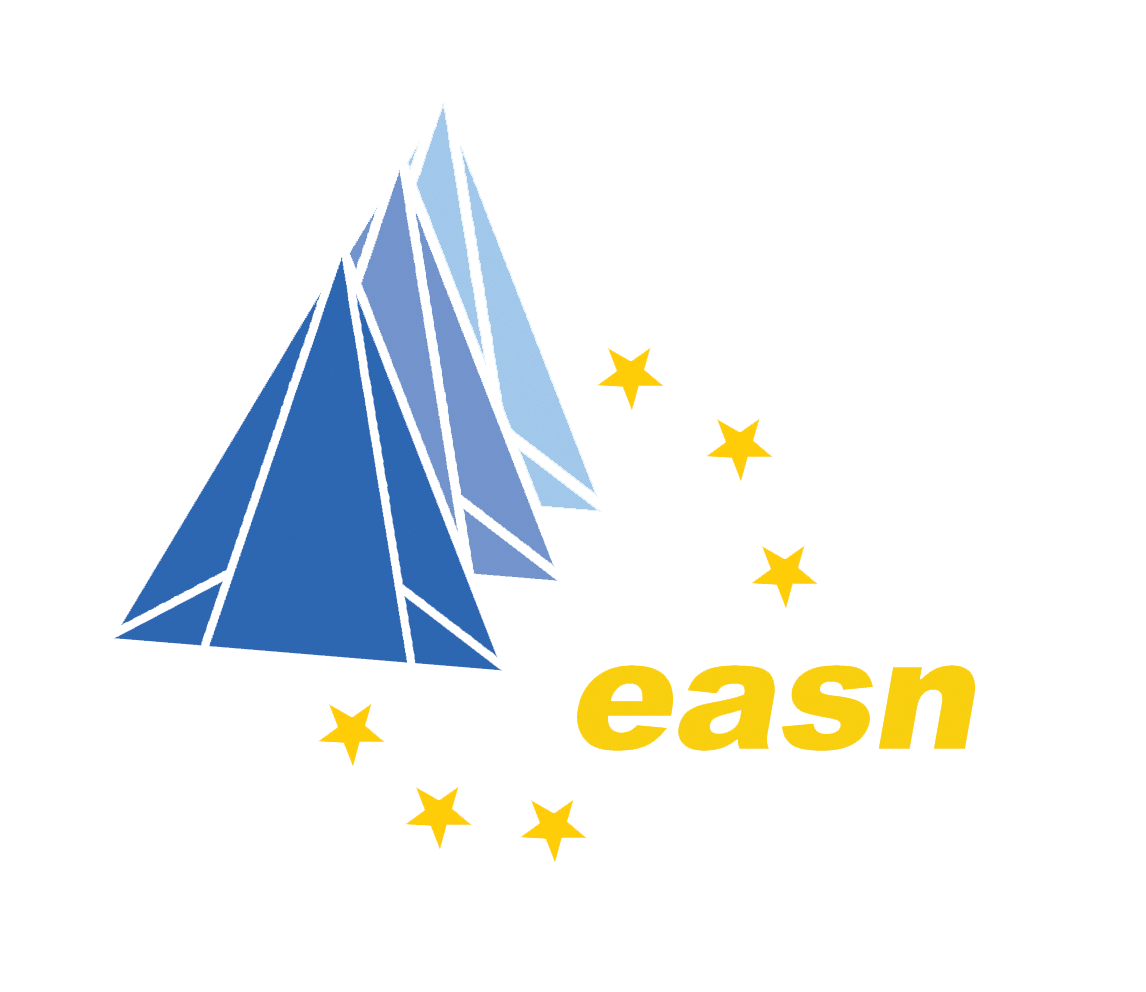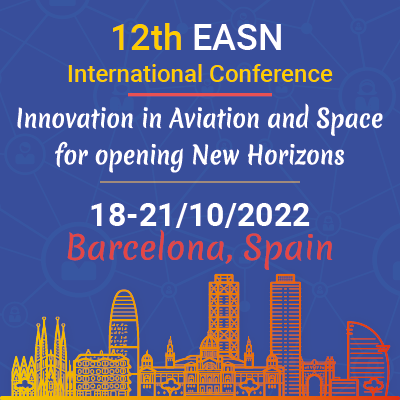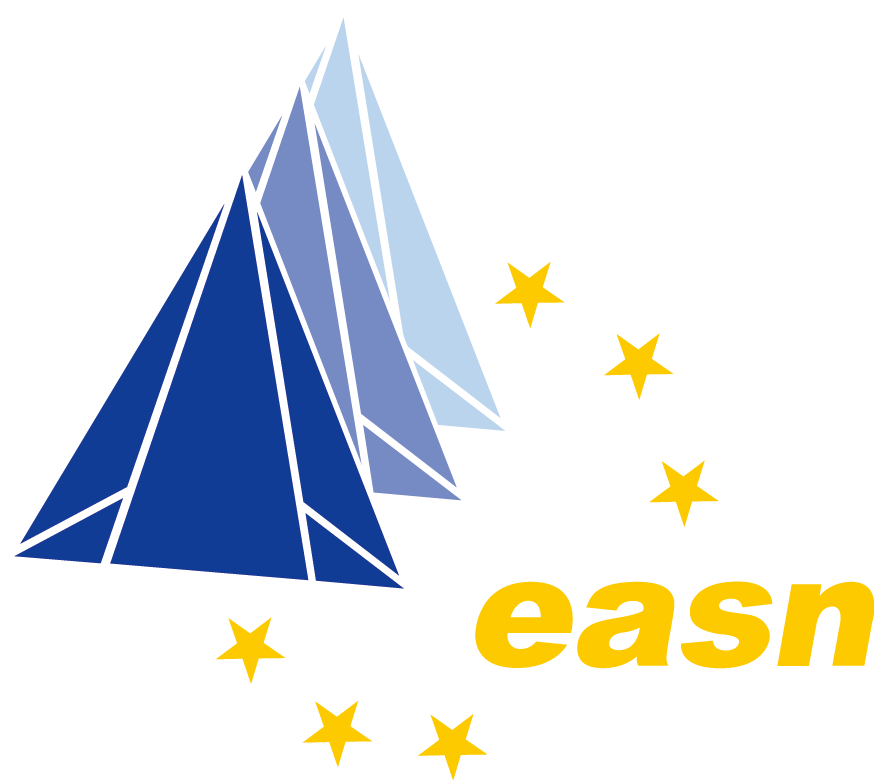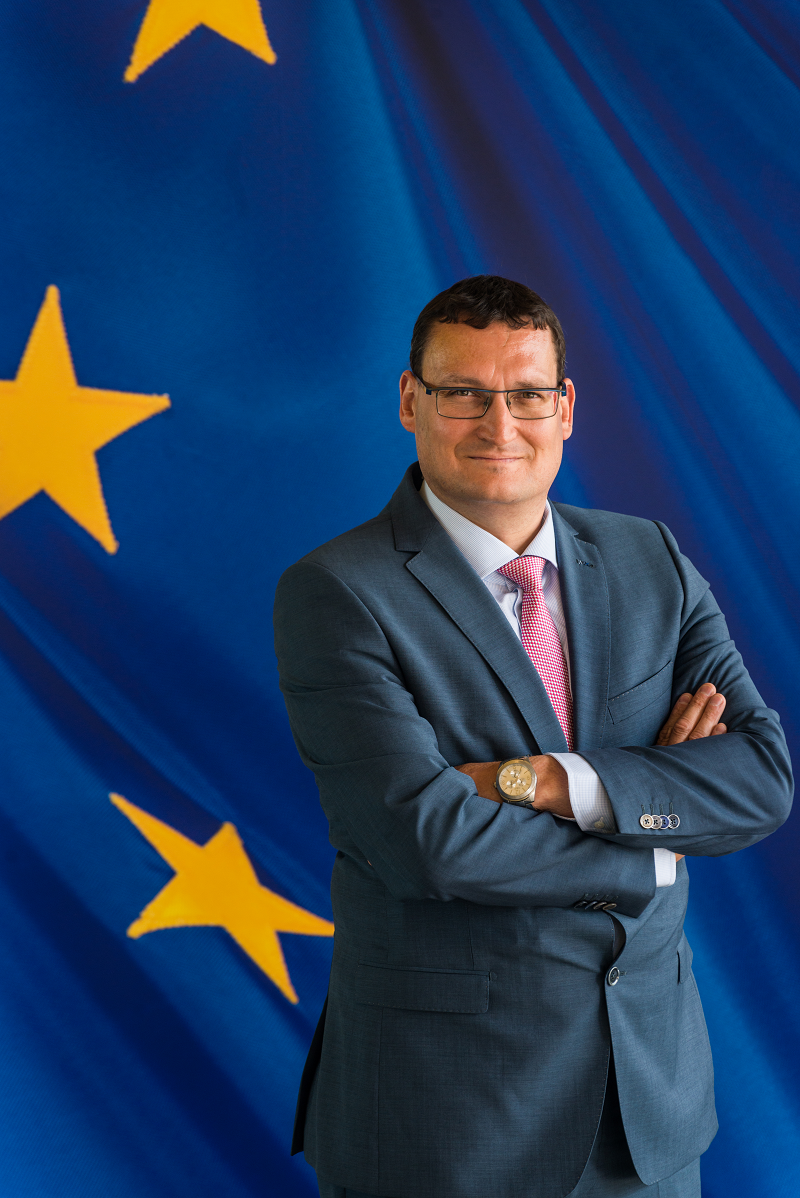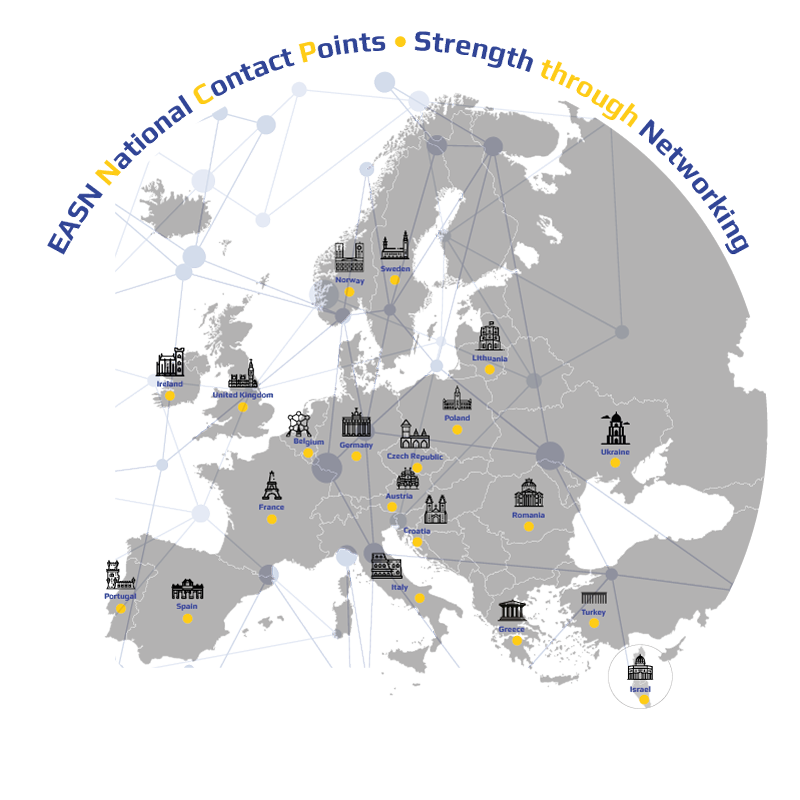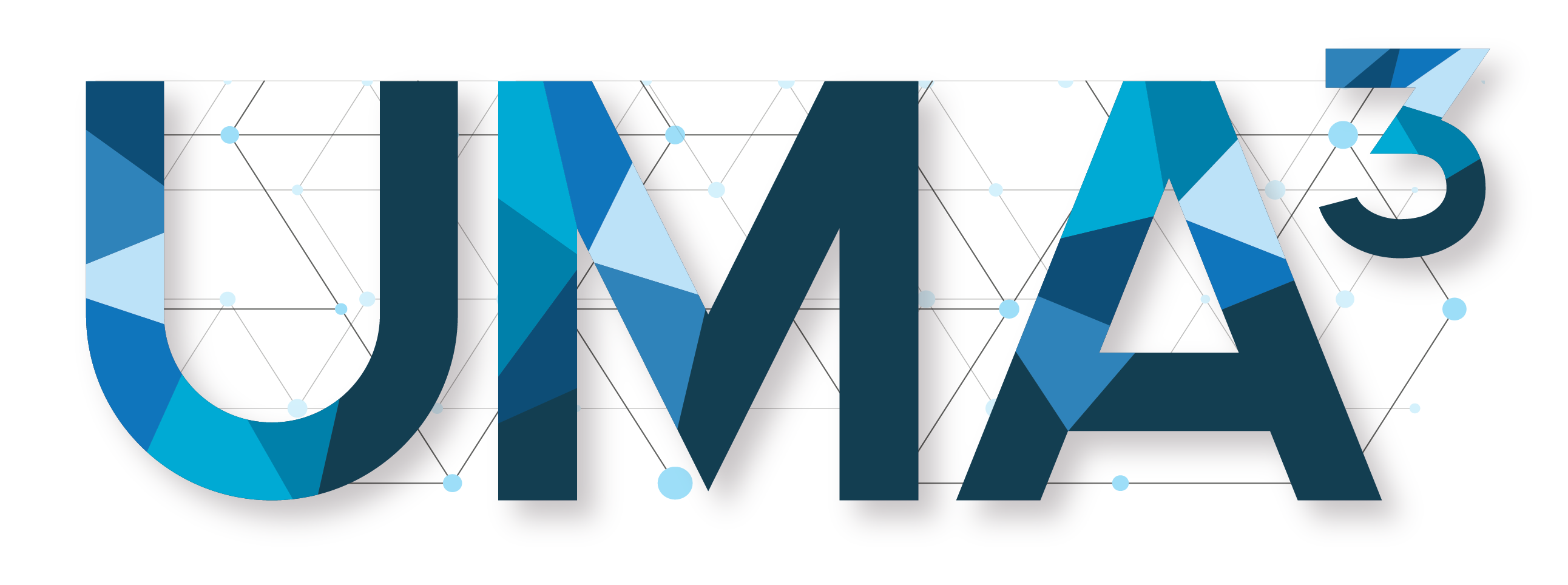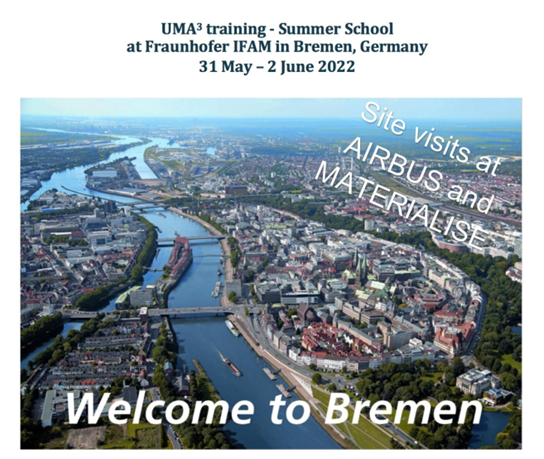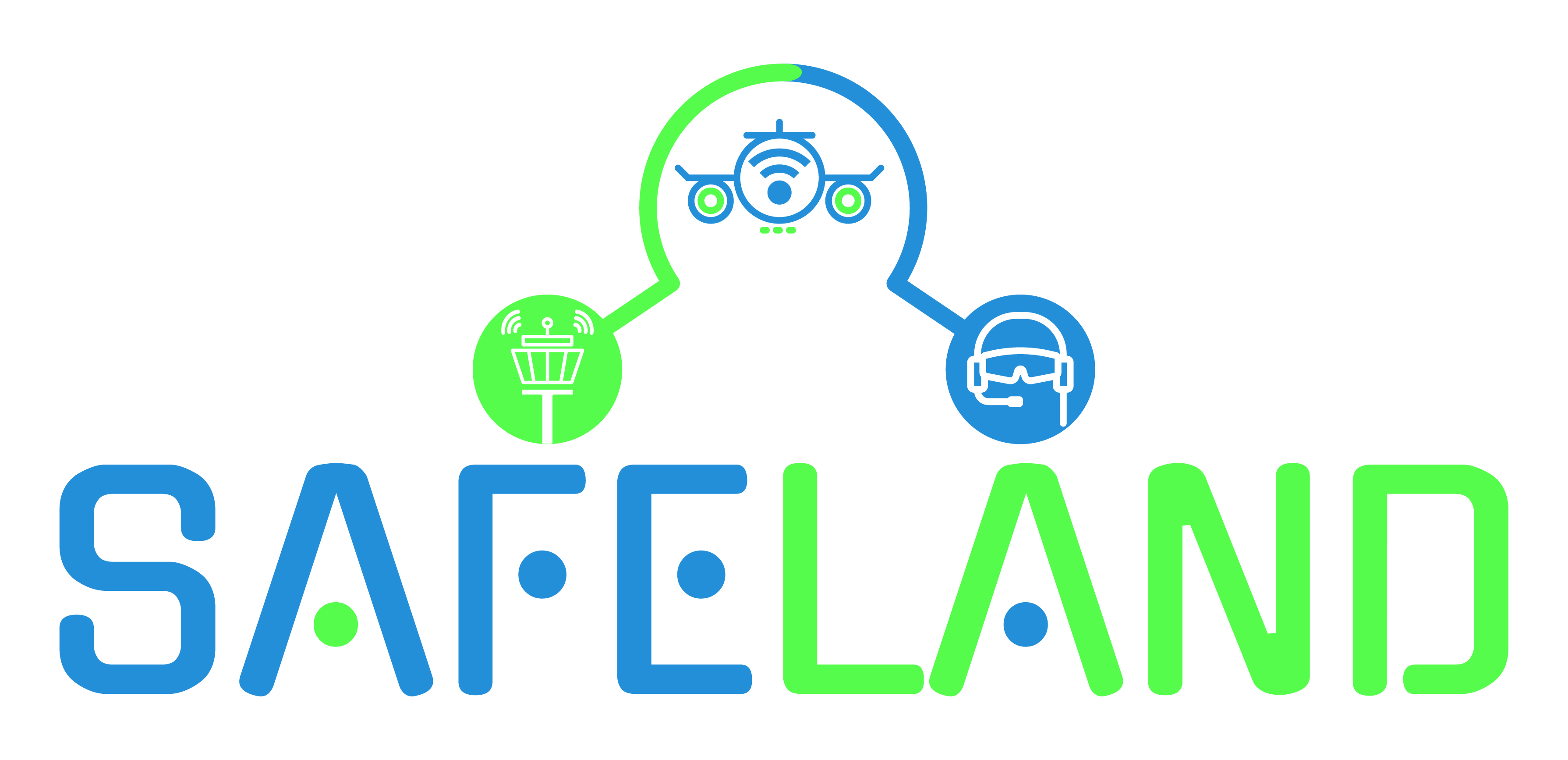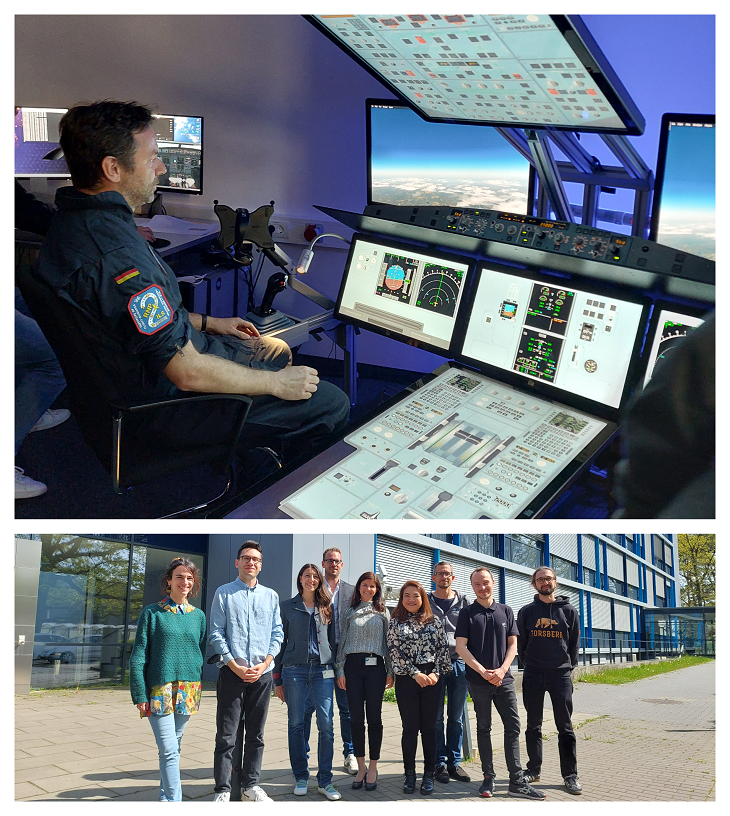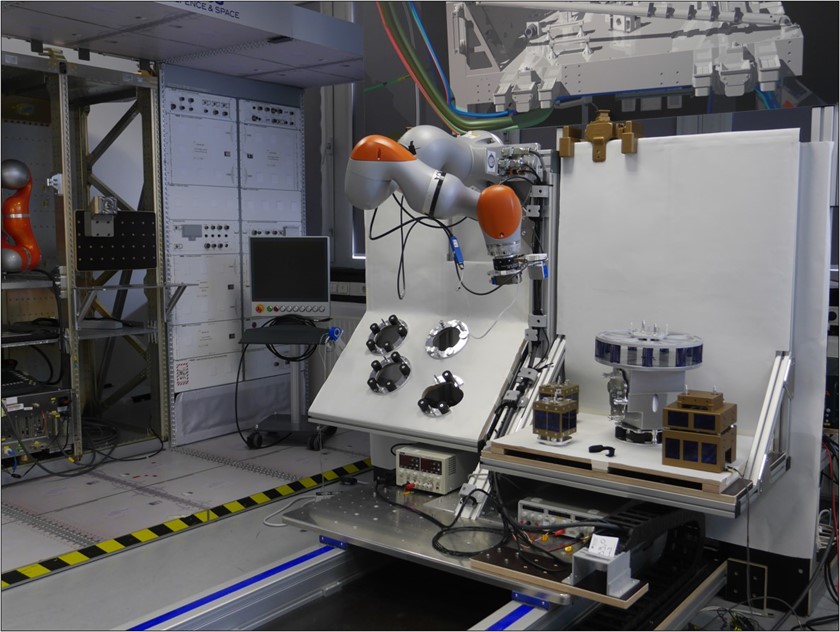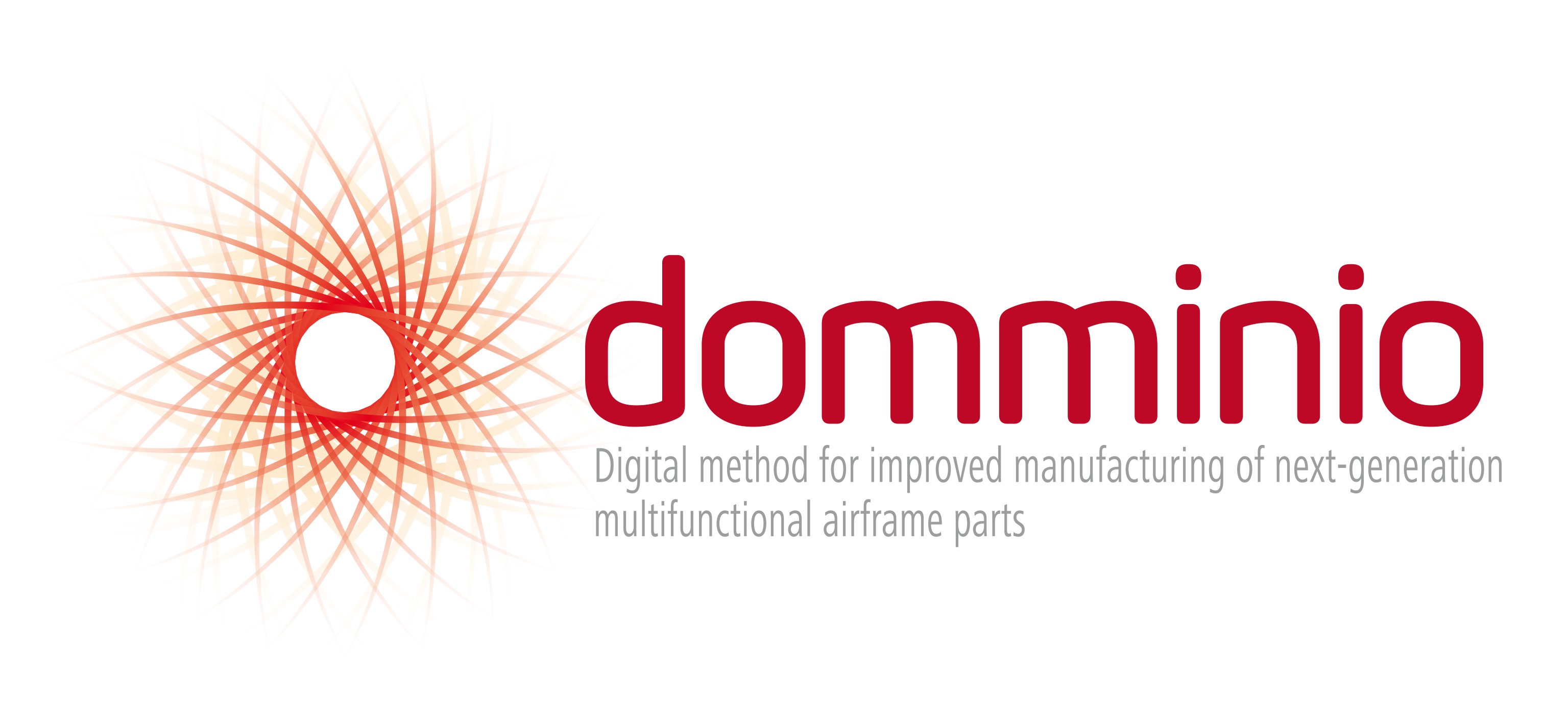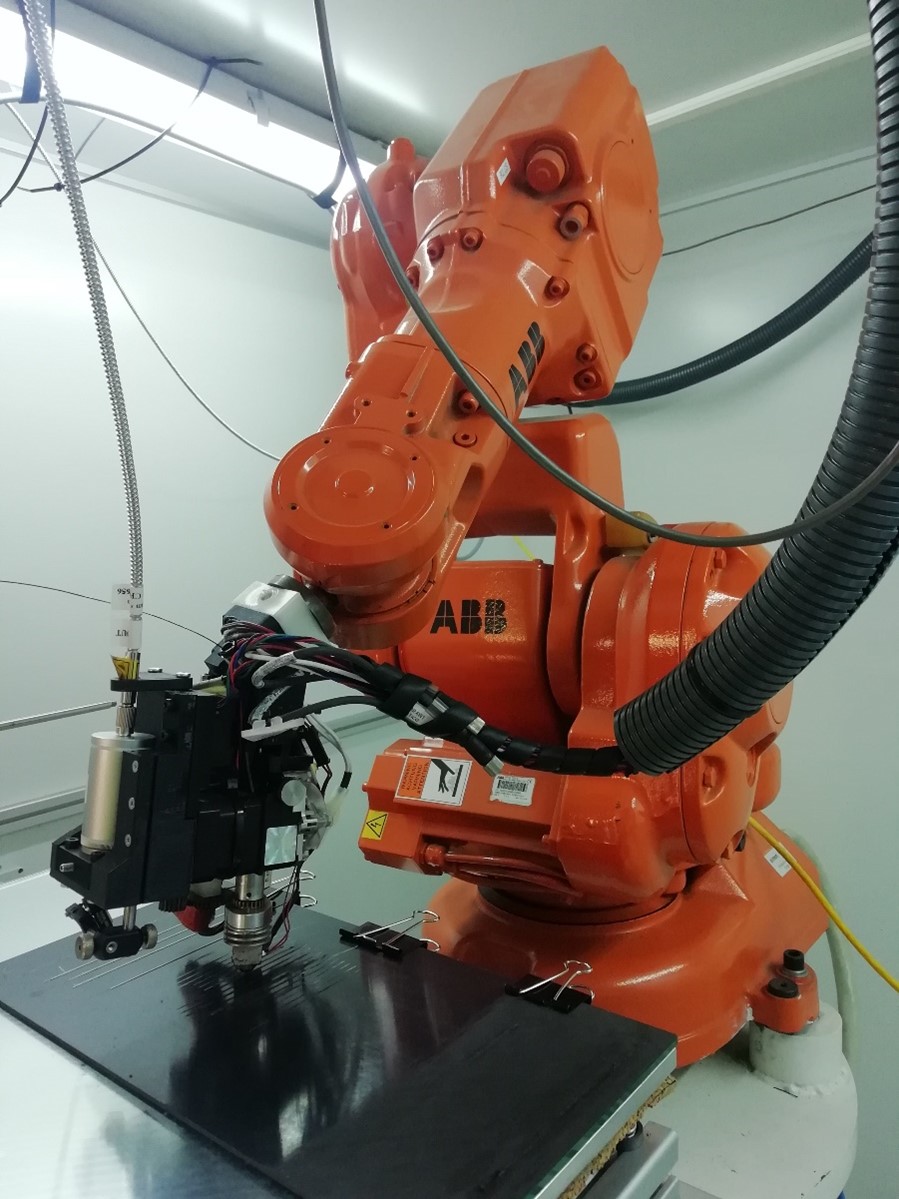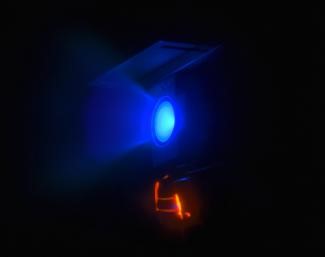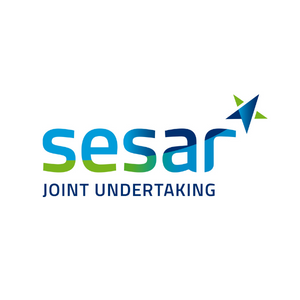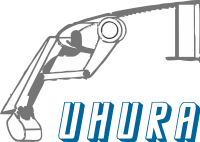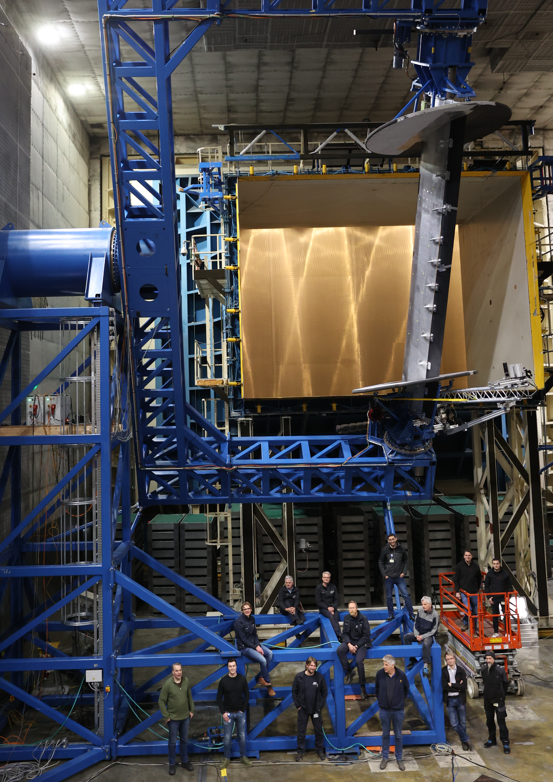The forthcoming October, the 12th EASN International Conference on "Innovation in Aviation & Space for opening New Horizons" will take place in Barcelona, Spain from the 18th until the 21st. After two years of virtual events, the EASN Association and the Universitat Politecnica de Catalunya - BarcelonaTech (UPC) are excited to welcome all delegates in the premises of the Universitat Politècnica de Catalunya - BarcelonaTech (UPC) and to celebrate the return to an in-person conference. The event will be performed with the kind support of Clean Aviation, SESAR JU and Centre for the Development of Industrial Technology (CDTI) of Spain.
Like its predecessors, the 12th EASN International Conference on "Innovation in Aviation & Space for opening New Horizons" will include a number of plenary talks by distinguished personalities of the European Aviation and Space sectors from the academia, industry, research community, and policy-makers. The names (in an alphabetical order) of the so far, confirmed Keynote Speakers and the respective presentation titles are the following:
-
Mr. Christophe Bonnal, Senior Expert at CNES & Chairman of the Technical Committee EUCASS Board.
-
KN Title: "Space Debris in a nutshell - Long Term Sustainability of Space Operation"
-
-
Dr. Sandra Bour Schaeffer, Head of Airbus Demonstrators & CEO of Airbus UpNext with a KN to be defined shortly
-
Dr.-Ing. Gisela Detrell, Research Team Leader at the University of Stuttgart (Germany).
-
KN Title: "Surviving on Mars"
-
-
Mr. Axel Krein, Executive Director of the Clean Aviation Joint Undertaking.
-
KN Title: "Disruptive technologies: the path to take European aviation to climate neutrality"
-
-
Mr. Pablo Perez – Illana, Deputy Head of Unit, Horizon Europe Transport, CINEA - “Climate, Infrastructure and Environment Executive Agency”, European Commission
-
KN Title: "From inception to implementation of EU Aviation: Research, Innovation and Deployment with CINEA"
-
-
Mr. Daniel Marco Pàrraga, Director General of Innovation and Digital Economy at the Government of Catalonia
-
KN Title: "Catalonia is going into orbit with the NewSpace Strategy"
-
-
Mr. Juan Francisco Reyes Sanchez, CDTI-E.P.E, Spanish Ministry of Science and Innovation & National Contact Point for Aviation, Horizon Europe.
-
KN Title: "European aviation R&I transnational funding policies and synergies with national/regional programmes".
-
At the same time, as we are in the process of shaping the Conference’s preliminary agenda, we would like to draw your attention to some selected highlights of our upcoming gathering:
- Three showcases of the Clean Aviation Joint Undertaking (CAJU), namely "Clean Aviation Thematic Topics" and "Clean Aviation Technology Evaluator session" workshops, chaired by Prof. Jean-Francois Brouckaert, Head of Technology Office of the Clean Aviation Joint Undertaking as well as the workshop "Clean Aviation building synergies for research in the European aeronautics regions" chaired by Dr. Christos Vasilakos, Strategy & Policy Officer Clean Aviation Joint Undertaking.
- A EREA thematic session dedicated to (sustainable) Urban Air Mobility as overarching topic, with three main workshops focusing on Circular Aviation System, Alternative Energy Sources for Aviation in the Future and on Scaled Demonstrators chaired by Mrs. Ligeia Paletti (NLR), Mr. Marcello Kivel Mazuy (CIRA) and Dr.-Ing. Christian Eschmann (DLR), respectively.
- More than 300 presentations structured in approximately 60 technical sessions. Furthermore, a variety of Technical Workshops on emerging scientific and technological topics will be performed.
- Dedicated round tables and discussion panels
In this context, we are pleased to invite all prospective authors to submit their abstracts for presentation at the 12th EASN International Conference on "Innovation in Aviation & Space for opening New Horizons". The Abstract Submission will be open until the 15th of June, 2022. The Conference submission platform can be found here. More information about the EASN Conference is posted on a regular basis on the EASN website as well as on the 12th EASN International Conference website.

